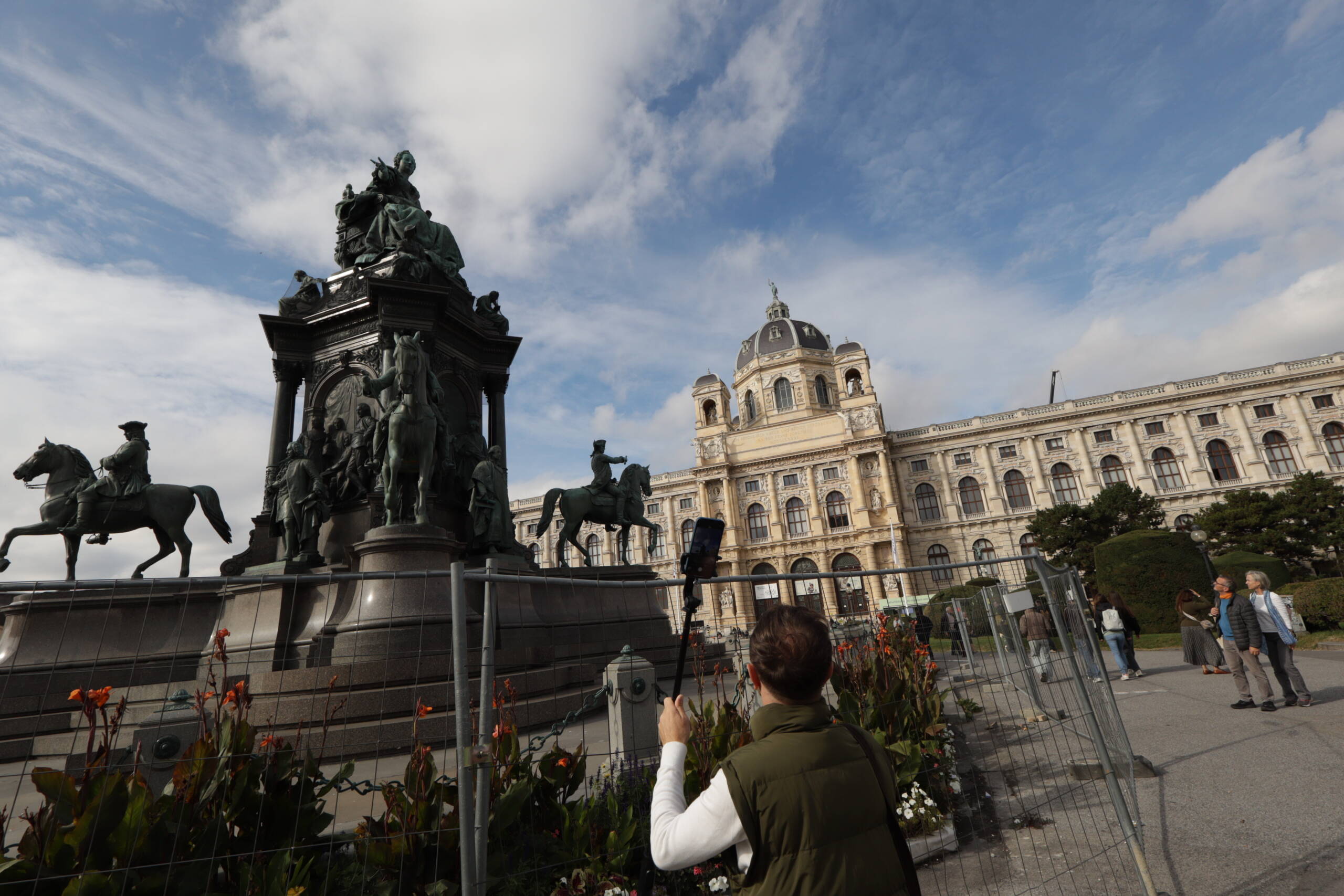Standing before the massive statue of Empress Maria Theresia, framed by the equestrian generals around her and with the grand facade of the Kunsthistorisches Museum gleaming in the background, you feel a little overwhelmed by the density of history. The Museum Quarter in Vienna is not just another tourist stop—it’s more like a self-contained universe of art, memory, and urban life. To spend time here well, you have to let yourself oscillate between planned encounters with masterpieces and those spontaneous pauses that the place almost demands.

The first instinct is, of course, to walk through the courtyards slowly. The statues and architecture carry a deliberate grandeur, reminding you that this was the Habsburgs’ imperial showcase. But instead of rushing directly into one of the museums, linger in the open air. Notice how the light changes across the stone walls, how the domes and cupolas shape the skyline, how people with cameras and selfie sticks mimic the same postures of observation and display as the sculptures in bronze around them. These small rituals of seeing are part of the Museum Quarter’s rhythm.
Once inside the Kunsthistorisches Museum, the mood shifts. Here is where Vienna asserts its place as custodian of European civilization. The Bruegels alone can keep you spellbound for hours—the Tower of Babel, with its obsessive detail, is both painting and philosophical problem. To move between Bruegel and Caravaggio, Rubens and Titian, is to travel centuries in a single afternoon. The galleries are designed not just for showing art but for orchestrating a kind of slow meditation on Europe’s tangled past. You can easily lose track of time in these high-ceilinged halls, so give yourself permission to pause, sit, and let the works breathe into you instead of rushing toward the next caption.
But the Museum Quarter isn’t all solemnity. Cross to the other side and you find the Naturhistorisches Museum, with its dinosaurs, minerals, and Cabinet of Curiosities vibe. It’s an almost childlike counterpart to the Kunsthistorisches—a reminder that wonder has many forms, from the grand canvases of Vermeer to the glittering absurdity of a geode. The symmetry of the two buildings—art on one side, nature on the other—is a philosophical statement in itself, balancing culture with the raw world it grew from.
If you step back out into the courtyard, the space transforms depending on time of day. In the morning it’s filled with light and school groups; by afternoon, locals claim benches with takeaway coffee; in the evening, the facades glow softly under spotlights. The MQ (MuseumsQuartier proper, just behind) is even more relaxed, with its mix of contemporary art spaces, cafés, and quirky shops. It’s where you trade Habsburg solemnity for creative sprawl. Grab a seat on one of the oversized courtyard loungers, order a coffee or a Spritzer, and people-watch. It feels almost like a different city here, younger, more experimental, and less choreographed than the grand museums across the street.
To really spend time well, alternate between intensity and drift. Immerse yourself deeply in one exhibition—maybe even one single painting—and then let yourself wander without agenda, perhaps stopping at a café terrace to scribble notes or simply watch the clouds pass over the domes. The Museum Quarter rewards this kind of rhythm. It’s not about checking off institutions from a list, but about calibrating your own tempo against the centuries of history stacked in marble, bronze, and oil paint around you.
And there’s something almost playful in realizing that outside the fence, a tourist with a selfie stick angles their shot just so, while just beyond, locals stroll by on their way to work, largely ignoring the monumental presence that visitors travel thousands of kilometers to see. That tension—the ordinary and the monumental coexisting—is part of Vienna’s magic, and nowhere does it come into sharper focus than in this square.
Leave a Reply